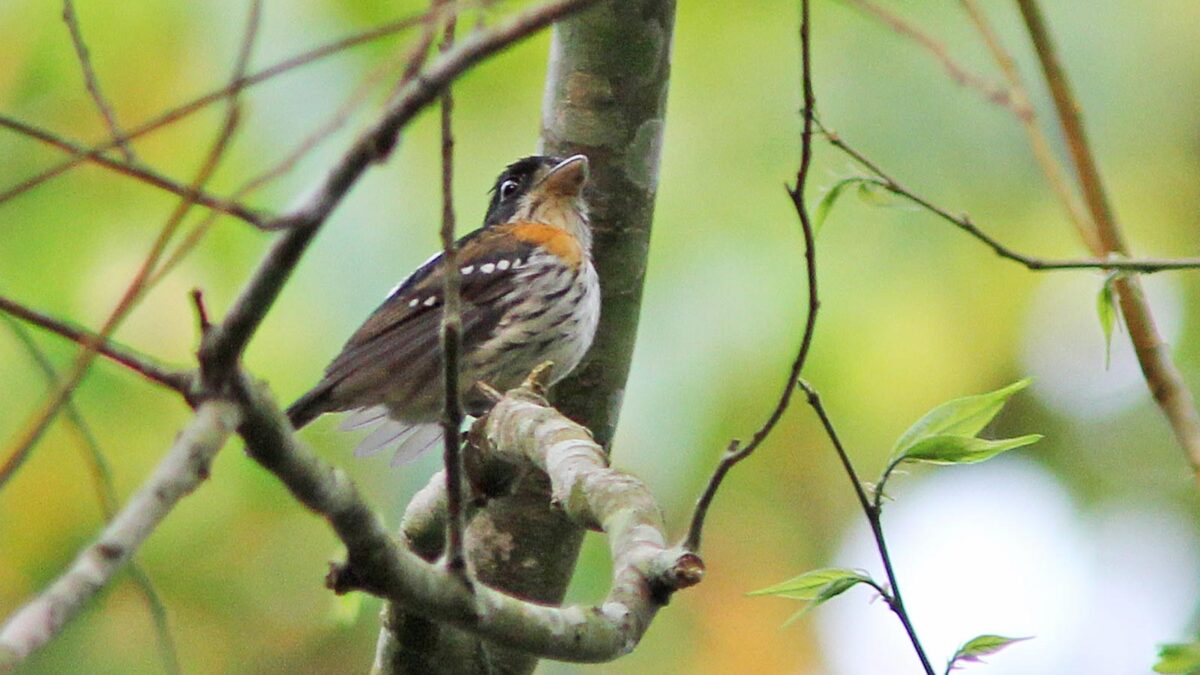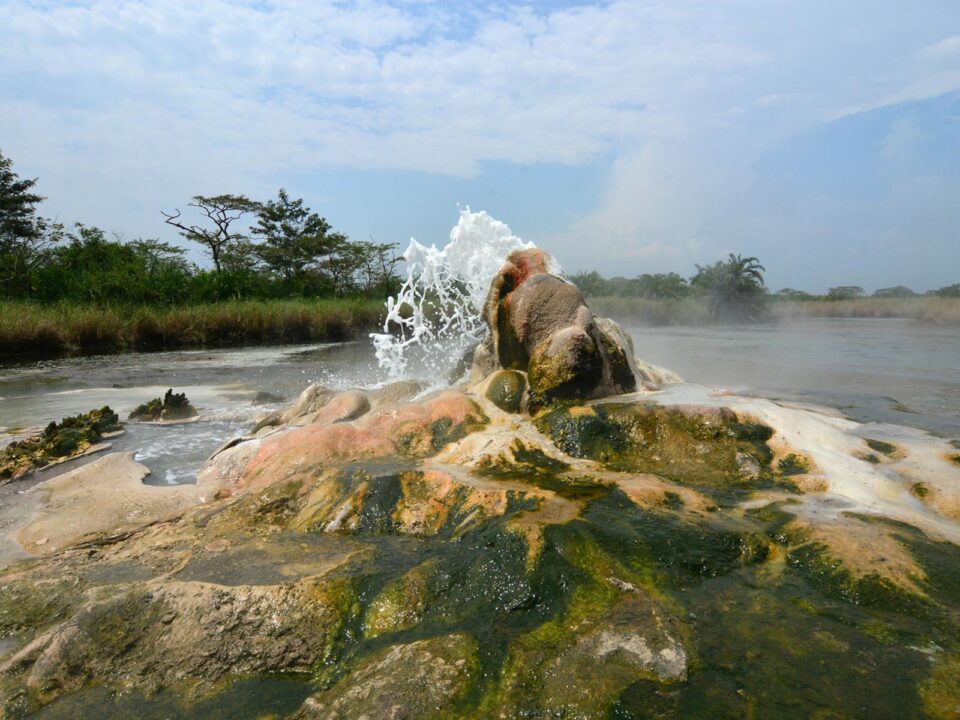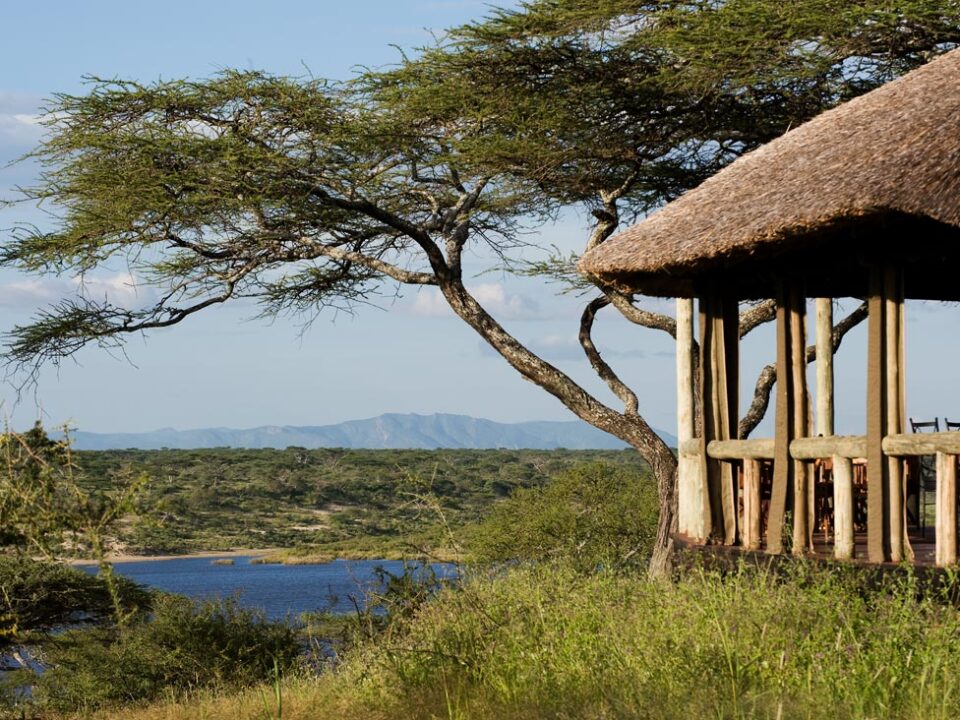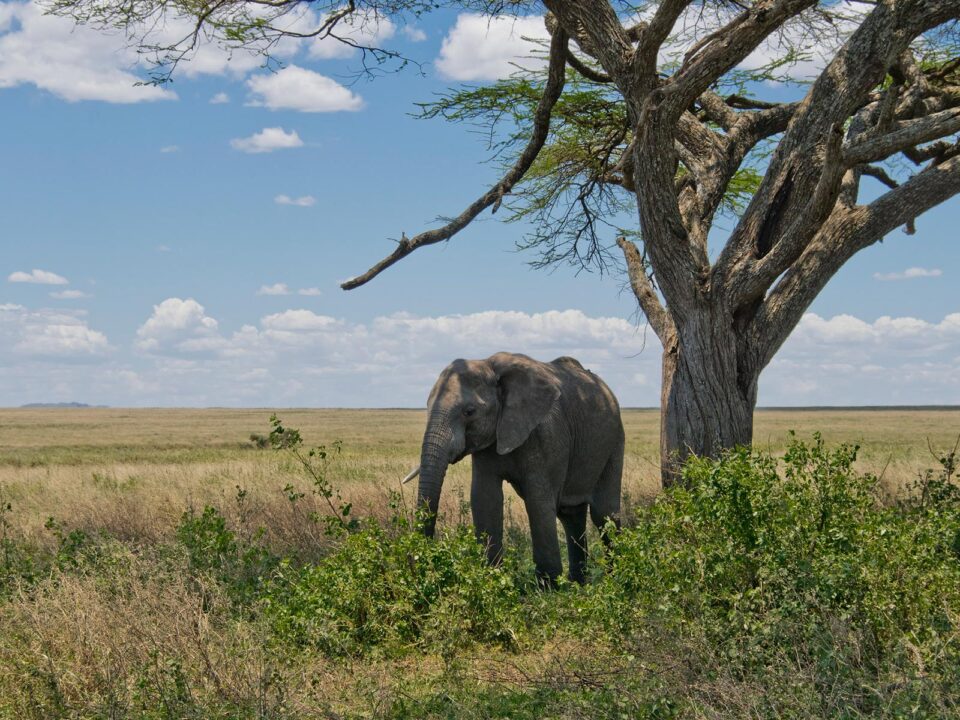Semuliki National Park Travel Guide

Top Things to do in Mabira Forest
September 5, 2023
Uganda Tours with Trek Africa Expeditions
September 5, 2023Unlocking the Wonders of Semuliki National Park – Your Comprehensive Travel Guide
Nestled within the remote Bundibugyo District in the Western Region of Uganda lies Semuliki National Park, a gem hidden in the heart of East Africa’s lowlands. Established as a national park in October 1993, Semuliki covers an expansive 219 square kilometers (85 square miles) and is renowned for being the only tropical rainforest of its kind in this region.
Exploring the Rich History of Semuliki National Park
Semuliki National Park has a captivating history dating back to its gazettement in 1993. This lush park spans 220 square kilometers and is characterized by its expansive tropical lowland forest, part of the famed Congo basin. It’s also graced by the presence of the Sempaya hot springs, the meandering Semliki River, and the enchanting Mountains of the Moon that border the park. The region boasts over 20 mammal species, including diverse primates such as chimpanzees and monkeys. Moreover, it’s a haven for bird enthusiasts, featuring over 400 bird species, some of which are unique to this forest.
Semuliki National Park is strategically situated in the Semuliki Valley, nestled on the remote western side of the Rwenzori Mountains. This park shares its borders with the Ituri Forest of the Congo basin, one of Africa’s oldest and most biodiverse forests, having survived the last ice age approximately 18,000 years ago. The Semuliki Valley is characterized by distinct features more associated with central Africa than East Africa, making it a truly unique destination within Uganda. The area is adorned with thatched huts shaded by West African palm oil trees and is home to the Semuliki River, a miniature version of the Congo River. The forest itself is inhabited by various central African wildlife species, including the Batwa pygmy community, who originally hailed from the Ituri Forest. Visiting Semuliki National Park offers a glimpse into the rich cultural traditions of central Africa within Uganda.
Discovering the Remarkable Wildlife of Semuliki National Park
The biodiversity of Semuliki National Park is truly remarkable. The forest provides a habitat for 53 mammal species, including 27 large mammals. Notably, 11 of these species are endemic to the park, such as the pygmy antelope and the two fly squirrels. The park is also home to the elusive fanged deer. Additionally, you can encounter forest elephants and smaller forest buffalos distinct from their savannah counterparts. The park’s primate population is particularly rich, featuring chimpanzees, baboons, grey-cheeked Mangabeys, black and white Colobus monkeys, central African red Colobus monkeys, blue monkeys, red-tailed monkeys, de-Braza’s monkeys, Vervet monkeys, dent’s Mona monkeys, and nocturnal primates like the potto and bush baby. Moreover, Semuliki River hosts semi-aquatic giants like hippos and crocodiles.
Birding Bliss in Semuliki National Park
For bird enthusiasts, Semuliki National Park is nothing short of paradise. With 441 recorded bird species, it accounts for 40% of Uganda’s total bird species and a staggering 66% of the country’s forest bird species. The presence of riverine habitats and grasslands east of the park expands this list further. Among the avian treasures, you’ll discover 46 Guinea-Congo biome species found nowhere else in East Africa. Another 35 species can be spotted in three specific birding areas in Uganda. The park also hosts five endemic species unique to the Albertine Rift, including the Nkulengu Rail, Yellow-Throated Cuckoo, Piping Hornbill, Red-Billed Dwarf Hornbill, and Black Dwarf Hornbill, among others. These birding delights are complemented by the park’s serene surroundings, creating an ideal environment for birdwatchers.
Engaging Activities in Semuliki National Park
1. Bird Watching:
Semuliki National Park is a birding haven for birdwatchers, offering a chance to observe captivating forest and swamp bird species, including the elusive shoebill stork and Swamp Palm Bulbul around Lake Albert.
2. Nature Walks and Hiking:
Immerse yourself in nature by embarking on nature walks and hikes within the park. Encounter diverse wildlife, including primates, hippos, crocodiles, birds, and butterflies. Explore the 8-kilometer Sempaya Nature Trail, the 11-kilometer Red-Monkey Track, and the 13-kilometer Kirumia Hiking Trail, each offering unique experiences.
3. Cultural Encounters:
Meet the Batwa people, who once entirely relied on the Semliki Forest for their livelihood before it became a protected area. They share their ancient ways and culture through traditional dances, music, and drama. You can also visit the Bambuti Pygmies along the Semuliki River, who are closely related to the Basu Pygmies in the Democratic Republic of Congo, offering a fascinating glimpse into their unique way of life.
4. Sempaya Hot Springs:
Explore the famous Sempaya hot springs, one of the most popular activities in the park. These springs, known as Bitende (Male) and Nyasimbi (Female), are famous for their cultural significance and natural beauty. Witness water temperatures that can boil eggs within minutes and be enthralled by the legends surrounding these hot springs. Keep an eye out for primates and birds that inhabit this area.
Getting to Semuliki National Park
When traveling from Uganda’s capital, Kampala, you can reach Semuliki National Park by road via two routes:
Route 1: Kampala-Fort Portal via Masaka, Mbarara, and Kasese (approximately 465 km, 7-8 hours). This route allows you to explore other attractions along the way, including Queen Elizabeth National Park and Lake Mburo National Park.
Route 2: Kampala-Fort Portal via Mubende (approximately 180 km, 4-5 hours), offering a shorter journey to the park.
The park is located in Bundibugyo, approximately 59 km from Fort Portal. The road journey takes 2-3 hours, with opportunities to enjoy scenic views of the Albertine Rift Valley floor. Keep in mind that during the rainy season, some mountainous regions may have challenging road conditions.
Accommodation Options in Semuliki National Park
While options are limited within the park itself, there are a few accommodation choices to consider:
1. UWA Bandas and Campsites:
Located at Bumaga, approximately 3 km from Sempaya, these bandas and campsites offer comfortable accommodation without meals. Catering equipment is available for self-catering options.
2. Luxury Semliki Safari Lodge:
Situated in Toro-Semliki Wildlife Reserve, approximately 65 km from the park, this lodge provides a rustic yet luxurious experience. Accommodation is in golden-hued canvas tents with wooden floors and en-suite bathrooms. The lodge offers a bar, restaurant, swimming pool, and stunning views of the Blue Mountains of the Democratic Republic of Congo.
3. Ntoroko Game Lodge:
Located along the shores of Lake Albert, approximately 85 km from the park, this luxury tented camp offers picturesque views and comfortable rooms with amenities like fans, private balconies, and more.
Choosing the Best Time to Visit
For the ultimate Semuliki experience, plan your visit during the Dry seasons, which occur from December to February and from June to August. During the Wet season (March to May and September to November), the trails can become flooded, hindering exploration. Note that Semuliki Forest is known for its swampy terrain.
In Summary
Semuliki National Park is a treasure trove of biodiversity, culture, and natural beauty. With its diverse wildlife, incredible birdwatching opportunities, cultural encounters, and the famous hot springs, it’s a destination that promises an unforgettable adventure. Whether you’re an avid birder, nature enthusiast, or cultural explorer, Semuliki National Park offers a unique and immersive experience that will leave you with lasting memories. Explore this remarkable corner of Uganda and discover its hidden treasures.




